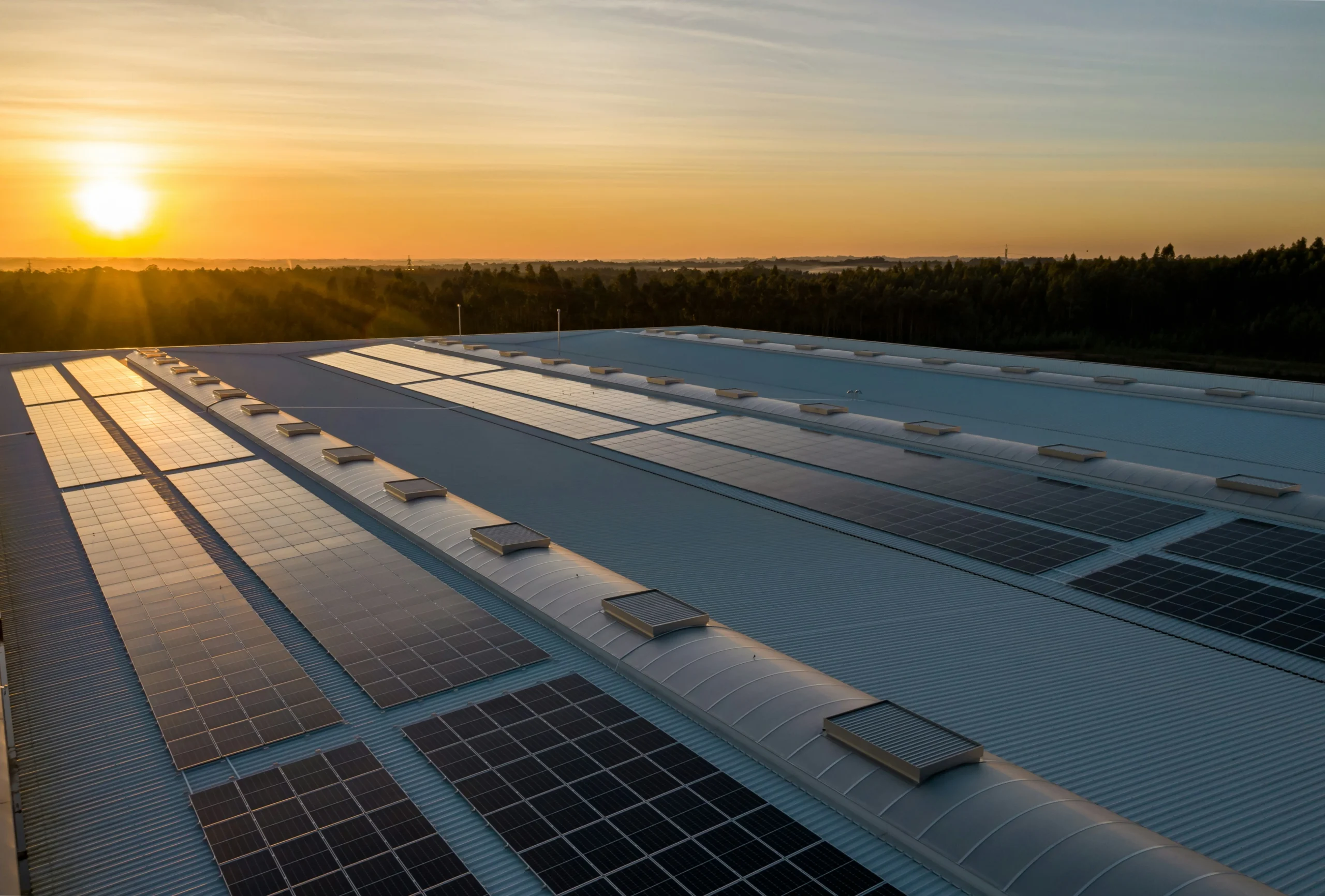Design your perfect off-grid solar power solution.
Calculate the ideal solar panel, battery, and inverter requirements for your energy needs with our Off-Grid Solar System sizing tool.
Off-Grid System Calculator
Off-Grid System Requirements:
Solar Panel Capacity
Battery Bank
Battery Bank (Ah)
Charge Controller
Inverter Size
Backup Generator
Component Recommendations
| Component | Type | Specification | Notes |
|---|---|---|---|
| Solar Panels | Monocrystalline | 400W panels | High efficiency, 25+ year lifespan |
| Charge Controller | MPPT | 0A rating | 30% oversizing recommended |
| Batteries | Lead Acid | 0kWh | Match voltage to system |
| Inverter | Pure Sine Wave | 0kW | 25% oversizing for startup loads |
| Generator | Diesel/LPG | 0kW | For extended cloudy periods |
Off-Grid Solar System Components

Essential components of an off-grid solar power system: solar panels, charge controller, batteries, and inverter
Off-Grid System Sizing Formulas
Key Factors for Off-Grid Systems
System Sizing Examples
Cabin System: 5kW solar, 10kWh battery for light usage (5kWh/day)
Family Home: 10kW solar, 30kWh battery for moderate usage (20kWh/day)
Large Property: 20kW+ solar, 50kWh+ battery for heavy usage (40kWh/day)
Designing Your Off-Grid Solar System
Key considerations for building a reliable off-grid power solution
Energy Assessment
Accurate energy assessment is crucial for off-grid systems. Start by creating an inventory of all electrical devices you plan to power, noting their wattage and daily usage hours.
Load Calculation Steps
- List all appliances and their wattage
- Estimate daily usage hours for each
- Calculate daily watt-hour consumption
- Add 20% for system inefficiencies
- Multiply by days of autonomy needed
Don’t forget to account for startup surges in motors (refrigerators, pumps) which can be 3-5 times their running wattage. This affects inverter sizing.
Pro Tip
Invest in energy-efficient appliances designed for off-grid use. DC refrigerators and LED lighting can reduce your energy needs by 30-50%.
Solar Array Sizing
Proper solar array sizing ensures you generate enough power year-round. Consider seasonal variations – winter typically has shorter days and lower sun angles.
Solar Panel Considerations
- Monocrystalline panels: Highest efficiency (18-22%)
- Polycrystalline panels: Good value (15-17% efficiency)
- Thin-film panels: Flexible but less efficient (10-13%)
- Tilt angle: Adjust seasonally for optimal production
Your location’s peak sun hours determine how much energy your panels produce. The southwestern US averages 5.5–6.5 hours, while northeastern states get 3.5–4.5 hours.
Installation Tip
Oversize your solar array by 20-30% to account for panel degradation (0.5%/year), less-than-ideal conditions, and future expansion.
Battery Selection
Batteries are the heart of your off-grid system. Choose based on cost, lifespan, maintenance, and performance requirements.
Battery Comparison
- Flooded Lead Acid: Affordable, recyclable, requires maintenance
- AGM/Sealed Lead Acid: Maintenance-free, spill-proof, moderate cost
- Lithium Iron Phosphate: Long lifespan, deep discharge, lightweight, higher cost
Depth of discharge significantly impacts battery life. While lithium batteries can handle 80-90% discharge, lead acid should be limited to 50% for maximum lifespan.
Battery Maintenance
Regularly check battery water levels (for flooded), keep terminals clean, and ensure proper charging to maximize battery life. Temperature-controlled storage extends lifespan.
Charge Controllers
Charge controllers regulate power from solar panels to batteries, preventing overcharging. MPPT controllers are essential for off-grid systems.
Controller Types
- PWM: Basic, cost-effective for small systems
- MPPT: 20-30% more efficient, especially in cold weather
- Smart Controllers: Programmable charging profiles for different battery types
Size your controller based on solar array wattage and battery voltage. Add 25% safety margin to handle peak production conditions.
Efficiency Tip
MPPT controllers can harvest up to 30% more energy than PWM, especially during cloudy conditions or when panels are below optimum temperature.
Inverter Selection
Inverters convert DC battery power to AC for household appliances. For off-grid systems, pure sine wave inverters are essential for sensitive electronics.
Inverter Sizing Factors
- Continuous wattage requirements
- Surge capacity for motor starting
- Efficiency at partial loads
- Standby power consumption
Consider a hybrid inverter with built-in charger for generator integration. Stackable inverters allow for future expansion as your energy needs grow.
Efficiency Note
Inverter efficiency peaks around 70-80% load. Oversizing too much leads to poor efficiency at typical loads and higher standby consumption.
Backup Power
Even well-designed solar systems need backup during extended cloudy periods. Generators provide reliable backup power and help maintain battery health.
Generator Options
- Diesel: Most efficient for continuous operation
- Propane: Clean-burning, fuel stores indefinitely
- Gasoline: Widely available but less efficient
- Dual Fuel: Flexibility with propane and gasoline
Automatic generator start (AGS) systems can automatically turn on your generator when batteries reach a preset low voltage, ensuring uninterrupted power.
Generator Sizing
Size your generator to handle your battery charger capacity plus essential loads. Typically 5-10kW for residential systems.
System Monitoring
Comprehensive monitoring helps optimize your off-grid system performance and prevent failures. Track energy production, consumption, and battery health.
Monitoring Essentials
- Solar production (kWh)
- Battery state of charge (%)
- Charge/discharge currents (A)
- Load consumption (kWh)
- Battery voltage trends
Modern systems offer remote monitoring via smartphone apps, allowing you to track performance and receive alerts from anywhere.
Data Utilization
Use monitoring data to identify energy hogs, optimize generator run times, and schedule maintenance before problems occur.
System Maintenance
Regular maintenance ensures long-term reliability of your off-grid system. Different components require specific maintenance schedules.
Maintenance Schedule
- Monthly: Clean panels, check battery fluid levels
- Quarterly: Inspect connections, test grounding
- Annually: Full system inspection, load testing
- Battery Replacement: Every 3-5 years (lead acid) or 10+ years (lithium)
Keep detailed maintenance records. This helps troubleshoot issues and maintains warranty coverage for your components.
Winter Preparation
In cold climates, ensure panels are clear of snow and batteries are insulated. Lithium batteries perform better in cold but need protection from extreme temperatures.
Benefits of Off-Grid Solar Systems
Energy Independence
Freedom from utility companies and rising electricity rates
Remote Power
Power locations beyond the reach of utility grids
Grid Failure Protection
Immunity to power outages and grid instability
Environmental Impact
Clean, renewable energy with zero emissions
Off-Grid System Configurations
Choose the right system for your needs
Cabin System
Ideal for vacation cabins, tiny homes, and remote workstations with basic power needs.
Family Home System
Comprehensive system for full-time residential living with modern appliances.
Choosing Your Off-Grid System
Selecting the right off-grid solar system involves several key considerations:
- Energy Needs: Calculate your actual daily consumption
- Location: Consider climate, sun exposure, and temperature extremes
- Budget: Balance upfront costs with long-term savings
- Expandability: Plan for future energy needs
- Reliability: Ensure critical systems have backup power
Off-grid systems require careful planning but offer unparalleled energy independence and security.
Ready to Design Your Off-Grid System?
Use our free sizing tool to calculate your solar power requirements
